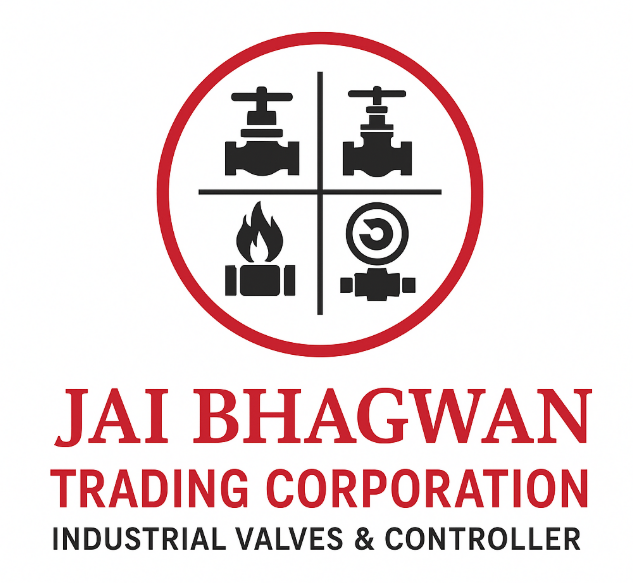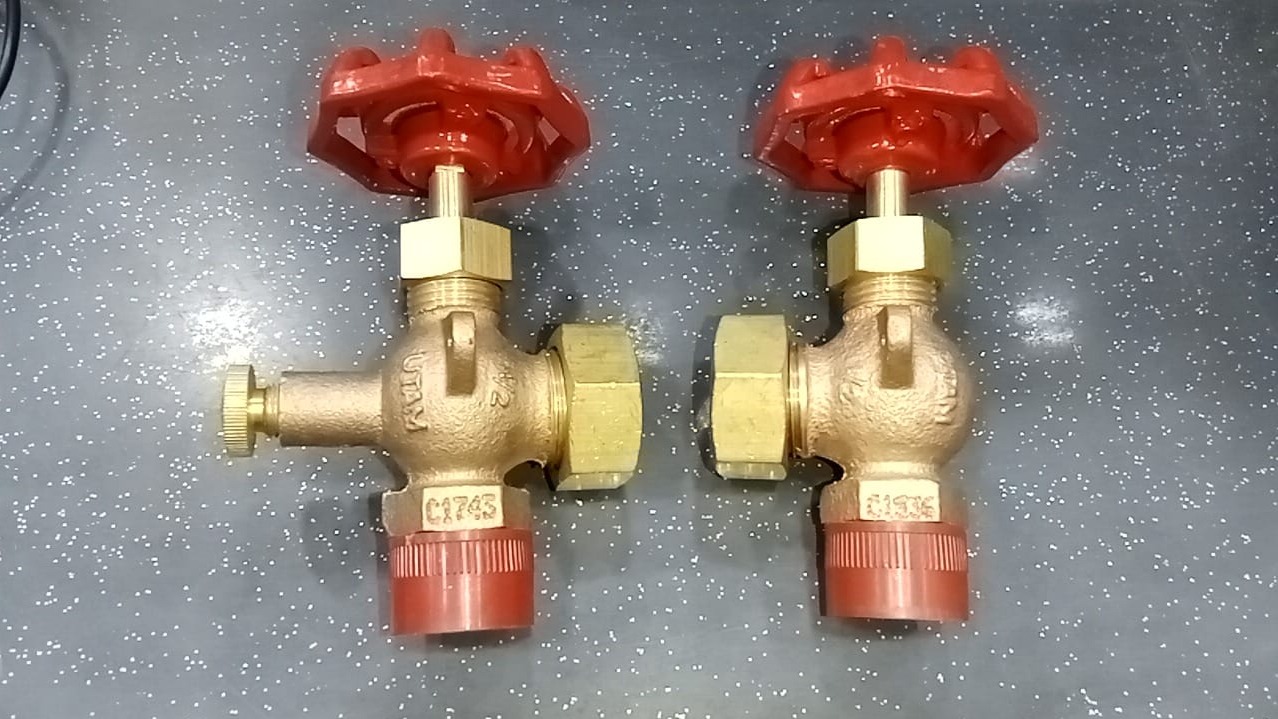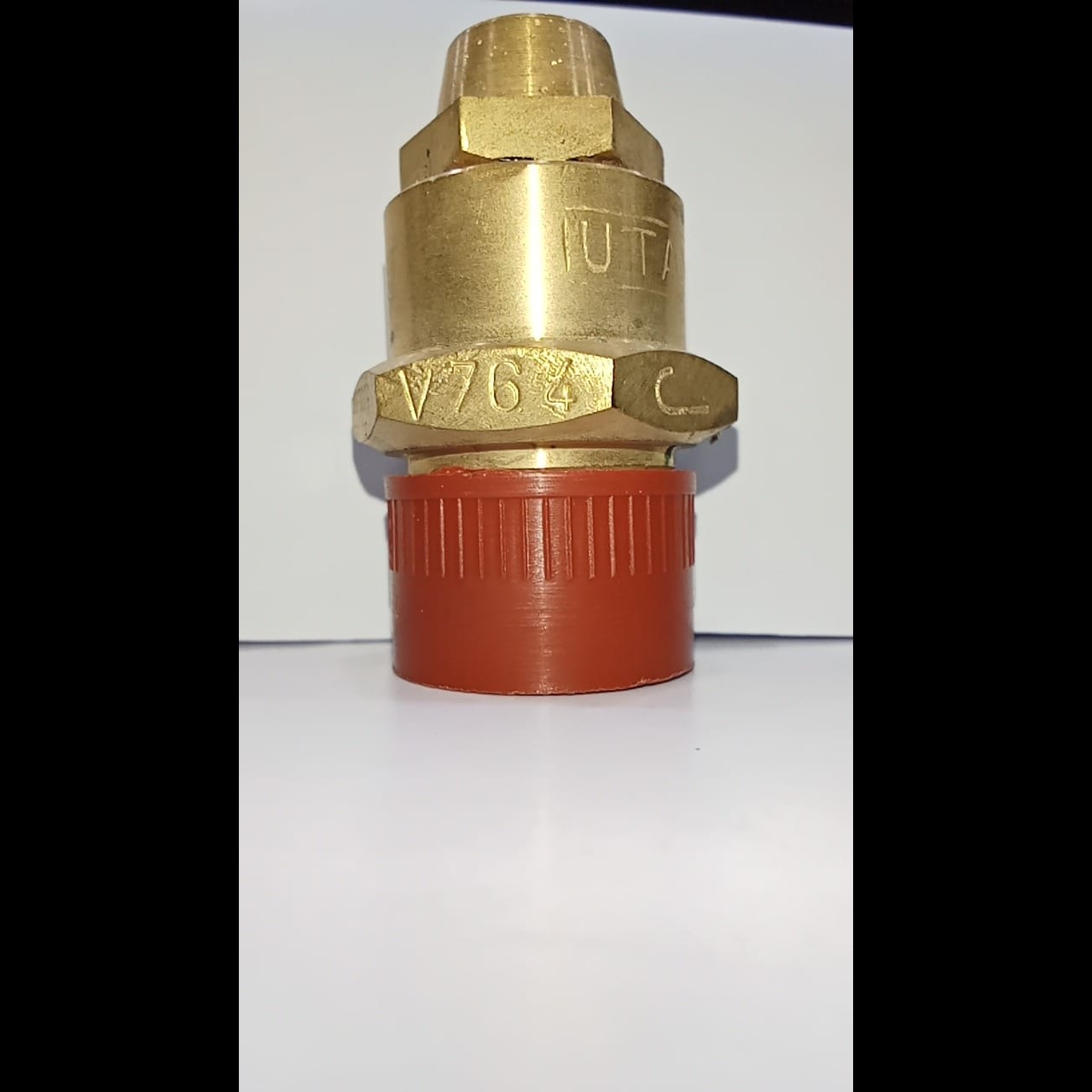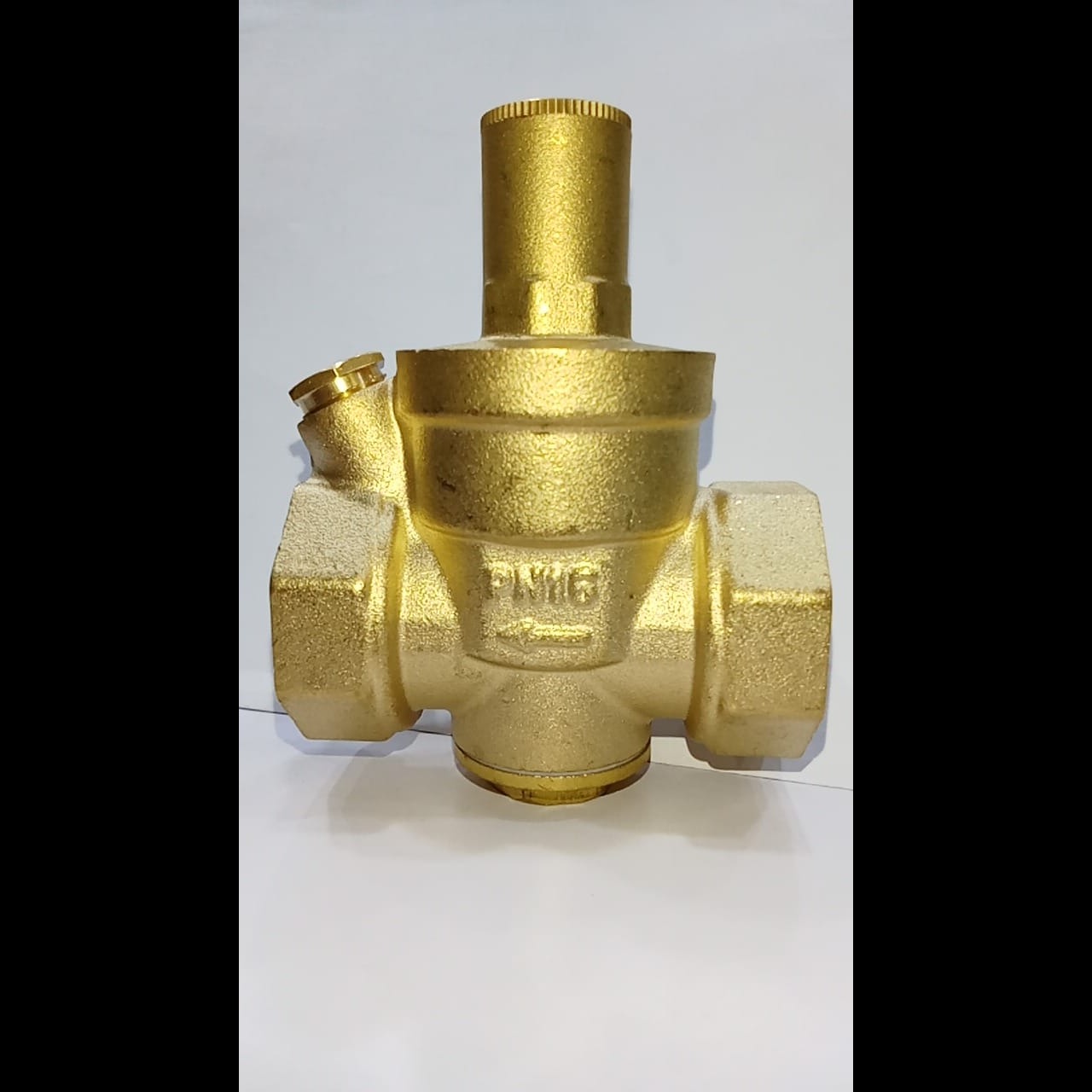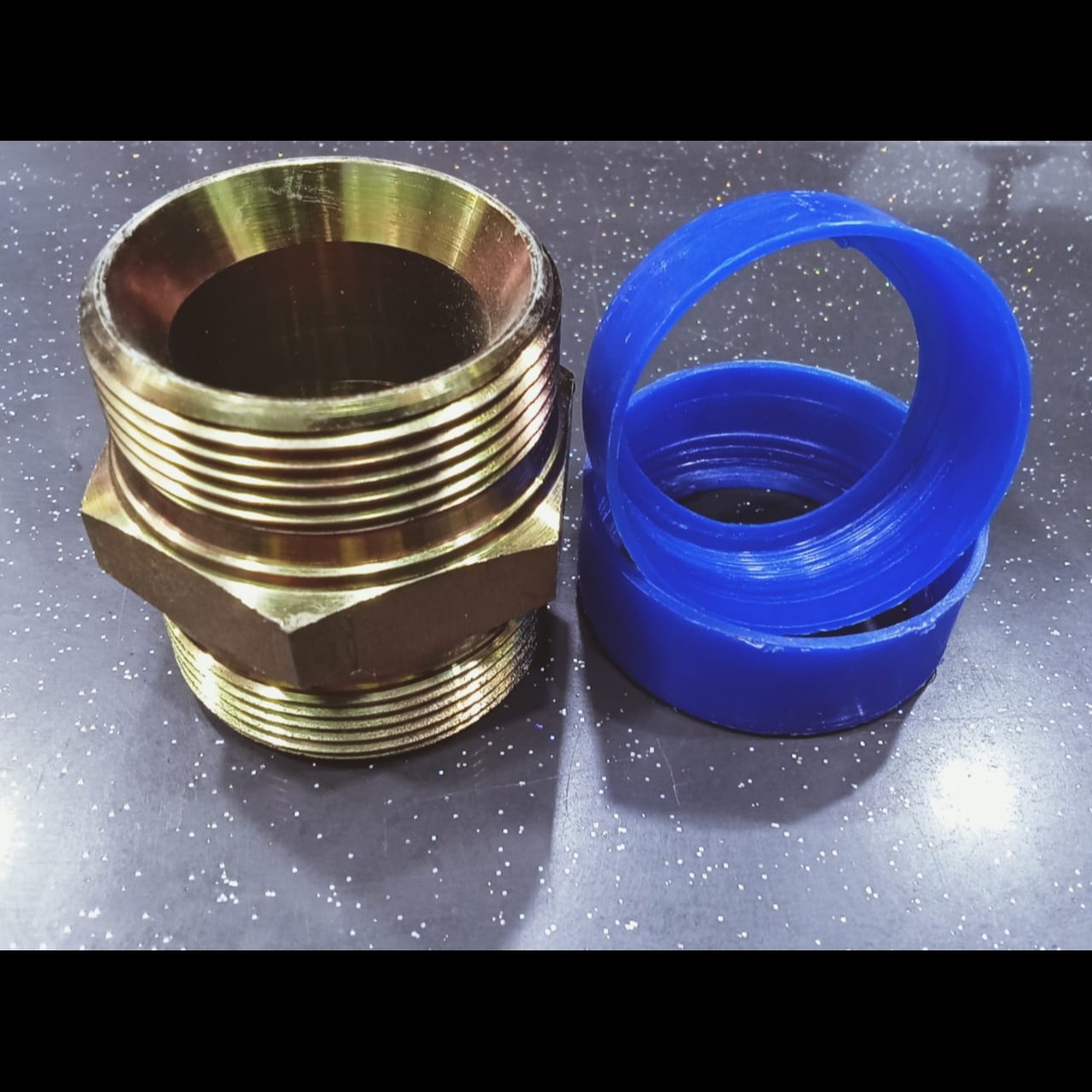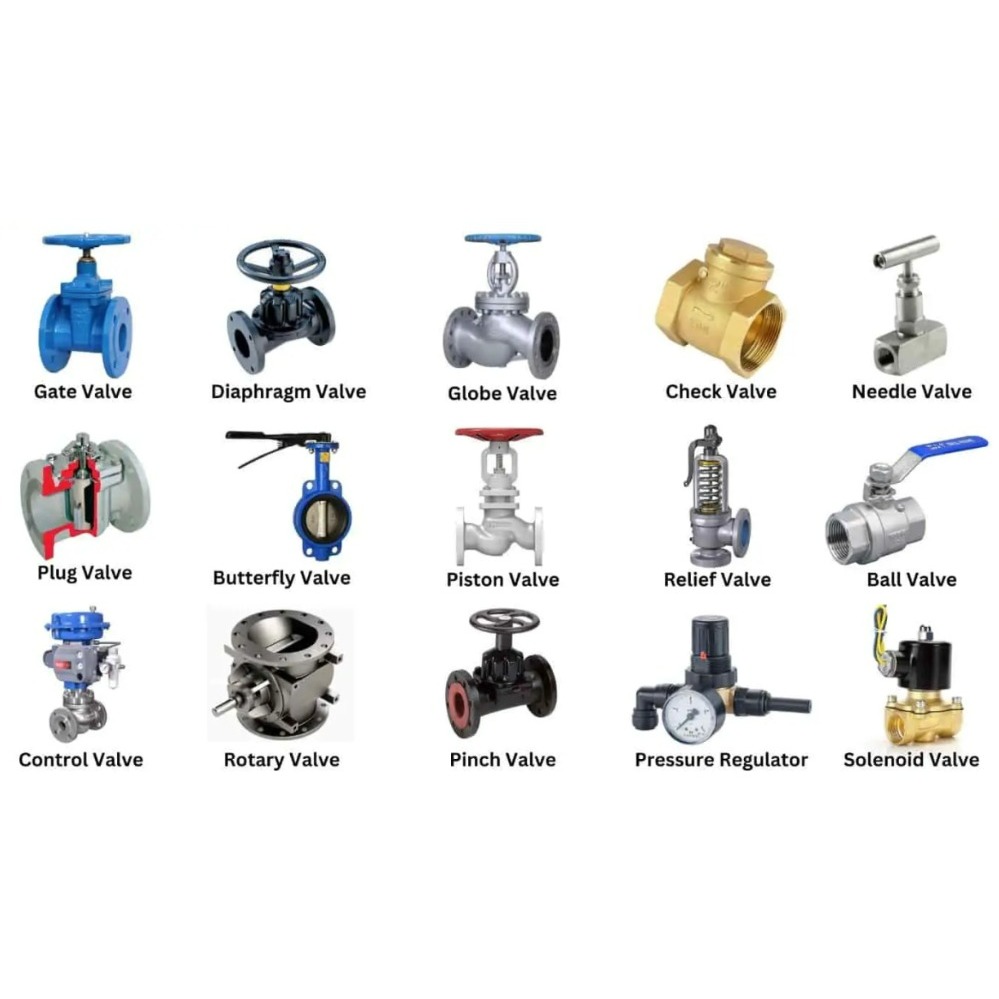
Check Valve Dealer
Check valves are crucial components in many fluid and gas systems, designed to prevent backflow and ensure unidirectional flow within pipelines. Their primary function is to allow fluid to flow in only one direction, effectively protecting equipment and systems from potential damage caused by reverse flow.
The basic operation of a check valve involves a valve body with a movable disc, ball, or flapper that opens to permit flow in the desired direction and closes automatically when flow reverses. This mechanism relies on the pressure of the flowing fluid to push the valve component open. When the flow stops or reverses, the valve component returns to its closed position, preventing backflow.
Check valves come in several types, each suited to specific applications and operational needs. The most common types include:
Swing Check Valves: These valves feature a hinged disc that swings open and closed. They are suitable for systems where a tight seal is important and where the flow rate is relatively high. They are widely used in water and wastewater applications.
Ball Check Valves: In these valves, a ball moves within a seat to block or allow flow. Ball check valves are effective in applications requiring a simple design and reliable operation, often found in pump systems and low-pressure applications.
Lift Check Valves: These valves use a disc that lifts off its seat to allow flow. They are used in applications where the flow direction is consistent and where pressure variations are minimal. They are common in steam and high-pressure water systems.
Dual Plate Check Valves: Featuring two plates that pivot on a common axis, these valves are designed for high flow rates and are often used in large-scale industrial and commercial applications.
Materials for check valves vary widely, including metals like stainless steel for high-pressure and corrosive environments, and plastics for lighter-duty and corrosive fluids. The choice of material depends on factors such as the fluid type, pressure, and temperature.
In summary, check valves are vital for preventing backflow and protecting systems from damage. Their diverse types and materials offer solutions for various operational requirements, making them indispensable in many industrial processes.
#CheckValveDealer
#checkvalvedealer
Keywords
fluid type
two plates
tight seal
valve body
many fluid
hinged disc
gas systems
common axis
reverse flow
pump systems
common types
flowing fluid
diverse types
simple design
several types
one direction
flow direction
stainless steel
closed position
basic operation
valve component
high flow rates
potential damage
corrosive fluids
primary function
desired direction
operational needs
Ball Check Valves
Lift Check Valves
reliable operation
crucial components
Swing Check Valves
Check Valve Dealer
pressure variations
unidirectional flow
specific applications
corrosive environments
large-scale industrial
commercial applications
wastewater applications
Dual Plate Check Valves
low-pressure applications
many industrial processes
high-pressure water systems
various operational requirements
